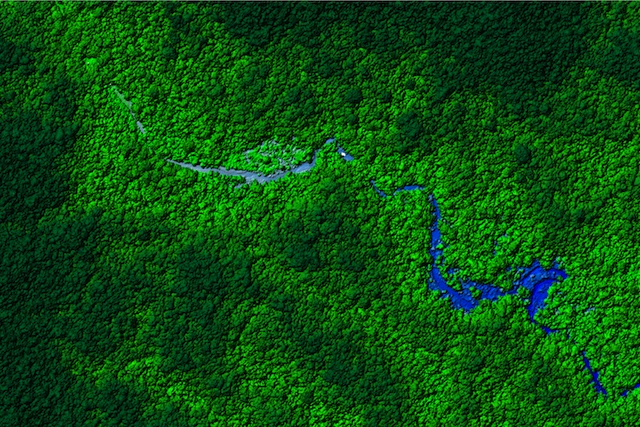In Insert Coin, we look at an exciting new tech project that requires funding before it can hit production. If you’d like to pitch a project, please send us a tip with “Insert Coin” as the subject line.
Sensordrome is an attempt to pair a sensor-heavy dongle with your smartphone. The result is something slightly Star Trek, with the device connecting across Bluetooth to share a wealth of data on what’s going on around you. Pledging over $149 to the Kickstarter project will net investors a spot on the first production run, while over $99 will land you a beta version for slightly zealous devs and testers. The sensor array includes some standard offerings like temperature and humidity but it also throws in a light sensor, non-contact IR thermometer and barometer. It can also analyze breath alcohol levels, and detect Carbon Monoxide and even gas leaks. Throw in an expansion connector to open up even more options, including medical equipment like blood pressure monitors, and you can see why it’s piqued our interest.
Sensors aside, the gadget will hook-up with Android (other platforms will be considered in the future) and will be able to connect to the likes of Twitter and Facebook. Sensordrone can offer up its data in three different ways; call-respond mode will give you immediate read-outs, while streaming mode will send continuous data to your phone. Data logging mode will store the same data in its built-in memory which can be downloaded later as a .csv file — and should mean graphs abound. Sensordrone’s application software will also be open-source, allowing plenty more apps to utilize that sensor medley in the future. We’d still love a built-in radiation detector though. That aside, you can take a tour of Sensordrone’s talents after the break. How can you say no to that face?
Previous project update: Motion-controlled sword-em-up Clang has just under a month left to go and has notched up just shy of $160,000 for the project — all from under 3,100 backers. However, plenty of support is still needed to reach its heady $500,000 target.
from Engadget



